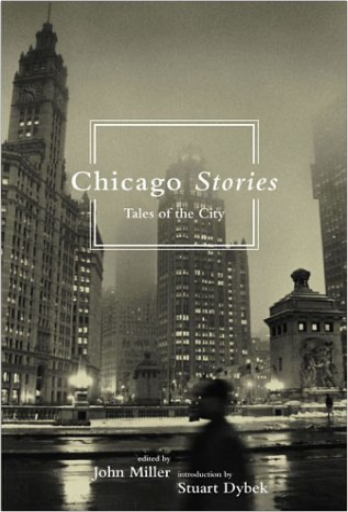 Hometown and host to talents as diverse as Richard Wright, David Mamet, Maya Angelou, Saul Bellow, and Mike Royko, Chicago boasts a rich tradition of writers who have helped shape our sense of the city even as the city informs their best work. It's "a writer's town . . . a fighter's town," according to Nelson Algren, and this anthology proves it. With a striking new cover, Chicago Stories collects the most evocative writing on the city, its gritty realism, and indomitable spirit. 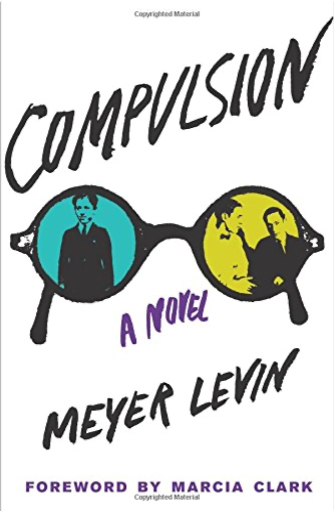 Judd Steiner and Artie Straus have it all: wealth, intelligence, and the world at their feet as part of the elite, upper-crust Jewish community of 1920s Chicago. Artie is handsome, athletic, and popular, but he possesses a hidden, powerful sadistic streak and a desire to dominate. Judd is a weedy introvert, a genius who longs for a companion whom he can idolize and worship. Obsessed with Nietzsche’s idea of the superhuman, both boys decide to prove that they are above the laws of man by arbitrarily picking and murdering a Jewish boy in their neighborhood.  Walk into Happy Joe's in Bettendorf, Iowa, for their lunch buffet, and chances are good that you might find me there, sitting down at my favorite round table, enjoying a slice of the taco pizza I created and made famous. I will sit there for hours, talking to customers, telling jokes, and waiting for children to come by. Any child passing me will be rewarded with a wooden nickel, good for a scoop of ice cream or bowl of frozen 'Joegurt,' and that child will walk away standing a little taller, a little more confident in himself, and know, without a doubt, that they are a pretty special kid. 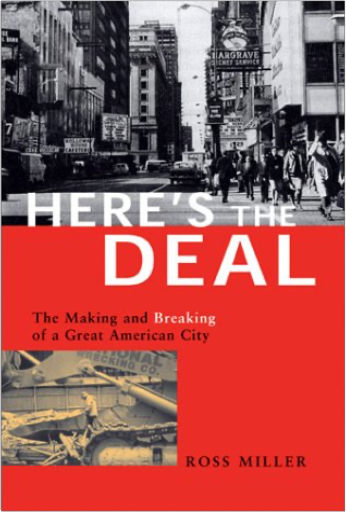 A hard-hitting study of how ambition and greed are leading our cities to disaster. 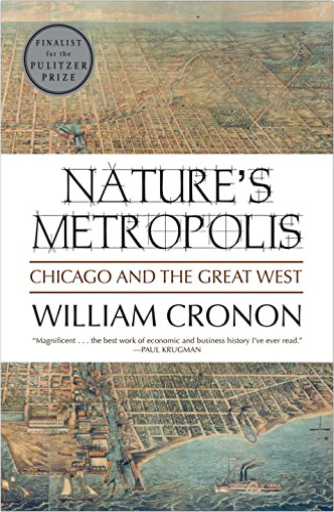 "Magnificent…the best work of economic and business history I've ever read." ―Paul Krugman 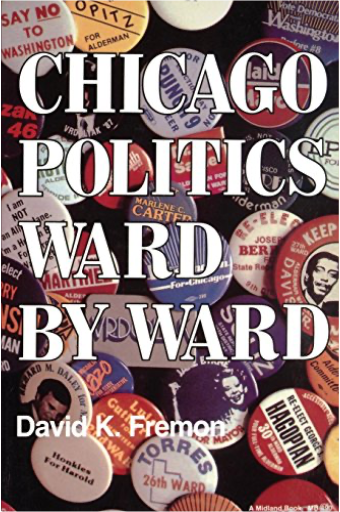 "It does not belong on a shelf but in the hands of community activists, politicians, reporters and campaign workers who want to get a better understanding of ward politics in Chicago." ―Lawndale News-West Side Times | 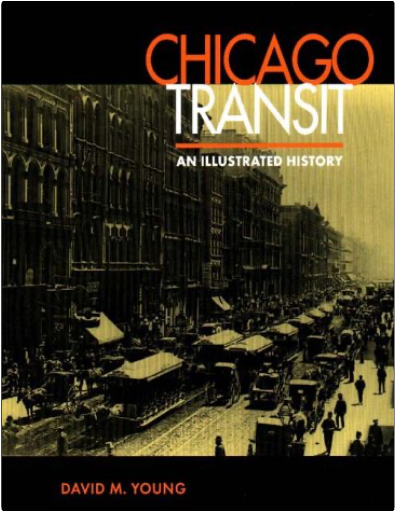 Combining nostalgia and historical detail, David Young tells the colorful story of transportation in Chicago, from the plank roads of the 1850s to the streetcar straphangers of the 1920s to the articulated buses of the 1990s. Illustrated with more than 90 photographs and maps, Chicago Transit reveals the political shenanigans, business deals, and technological changes behind the transportation system that made Chicago "the city that works." 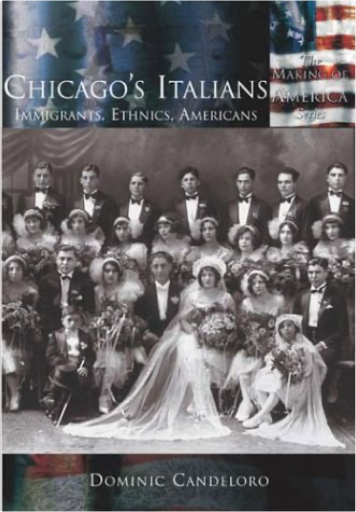 Since 1850, Chicago has felt the benefits of a vital Italian presence. These immigrants formed much of the unskilled workforce employed to build up this and many other major U.S. cities. From often meager and humble beginnings, Italians built and congregated in neighborhoods that came to define the Chicago landscape. Post-World War II development threatened this communal lifestyle, and subsequent generations of Italian Americans have been forced to face new challenges to retain their ethnic heritage and identity in a changing world. With the city's support, they are succeeding. 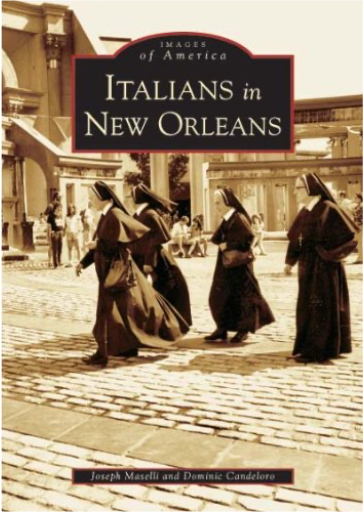 Between 1850 and 1870, New Orleans boasted the largest Italian-born population of any city in the United States. Its early Italian immigrants included musicians, business leaders, and diplomats. Sadly, in 1891, 11 members of the large Sicilian settlement in New Orleans were victims of the largest mass lynching in American history. However, by 1910, the city’s French Quarter was a “Little Palermo” with Italian entrepreneur, laborers, and restauranteurs dominating the scene. 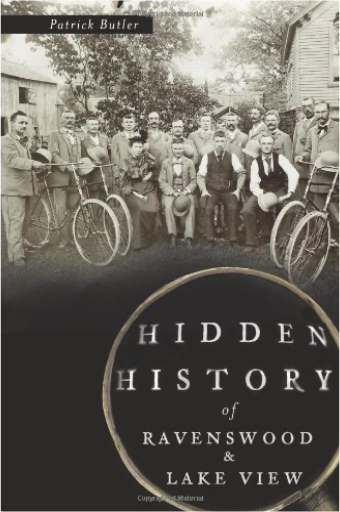 It's easy to get caught up in the hidden history of Ravenswood and Lake View, like the Harm's Park picnic that lasted fifty-four years or the political gimmickry of the Cowboy Mayor" of Chicago. Who can resist a double take over folk like the "Father of Ravenswood," who kept Chicago from falling to the Confederacy, or the "North Side's Benedict Arnold," who was sent to the electric chair during World War II? If you want to visit the days when the Cubs were the Spuds or debate whether Ravenswood is an actual neighborhood or just a state of mind, do it with longtime North Side journalist Patrick Butler in this curio shop of forgotten people and places." 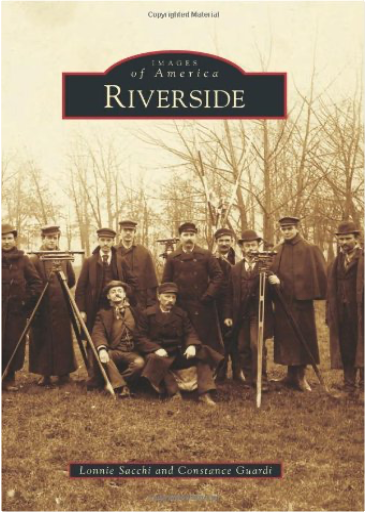 The unrelenting industrialization of America in the 19th century brought undreamed-of wealth and abundance to the nation as it emerged as a major world power after the trauma of a bloody civil war; however, the wealth was unevenly distributed, and industrialization inevitably produced the undesirable side effects of overcrowded tenement life, pollution, and the general degradation of the environment. This, in turn, set some of the nation's great thinkers on the path to coming up with answers to alleviate the ill effects of a rapidly industrializing and urbanizing society. Frederick Law Olmsted's answer in 1868 was the conception of a suburb for Chicago that combined the best aspects of urban life with that of rural life. So, he created Riverside, an ideal environment for civilization to flourish. 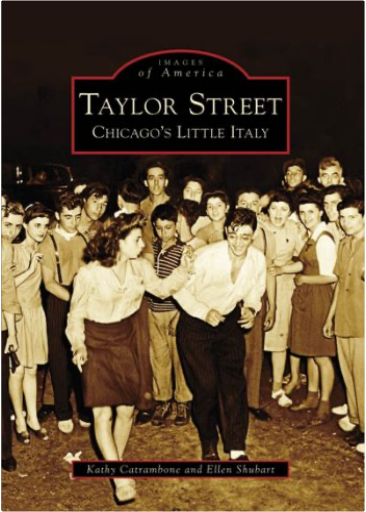 Chicago’s Near West Side was and is the city’s most famous Italian enclave, earning it the title of “Little Italy.” Italian immigrants came to Chicago as early as the 1850s, before the massive waves of immigration from 1874 to 1920. They settled in small pockets throughout the city, but ultimately the heaviest concentration was on or near Taylor Street, the main street of Chicago’s Little Italy. At one point a third of all Chicago’s Italian immigrants lived in the neighborhood. Some of their descendents remain, and although many have moved to the suburbs, their familial and emotional ties to the neighborhood cannot be broken. Taylor Street: Chicago’s Little Italy is a pictorial history from the late 19th century and early 20th century, from when Jane Addams and Mother Cabrini guided the Italians on the road to Americanization, through the area’s vibrant decades, and to its sad story of urban renewal in the 1960s and its rebirth 25 years later. 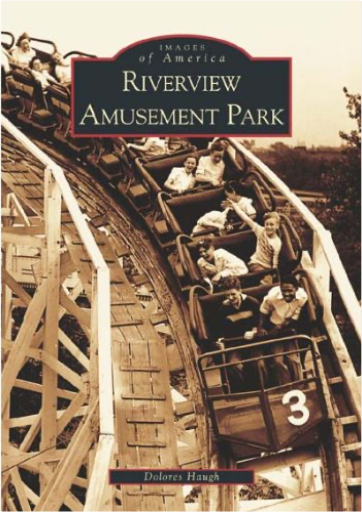 Every summer from 1904 to 1967, for 63 years, Riverview―the world’s largest amusement park―opened its gates to millions of people from all walks of life. For three generations, the Schmidt’s family park offered rides, shows, food, and music to men, women, and especially children. Riverview survived depressions, two World Wars, labor disputes, Prohibition, and a World’s Fair that threatened to take a great deal of its business. Riverview Amusement Park tells the story of Riverview’s growth from 22 acres and three rides to 140 acres and more than 100 attractions. Through an extensive collection of never-before published images, author Dolores Haugh chronicles the tale of this impressive chapter of Chicago history. Known as the “Roller Coaster Capital of America,” Riverview remained a Chicago landmark until it was unexpectedly closed in 1967. |

library 101720
Collection Total:
1,127 Items
1,127 Items
Last Updated:
Oct 17, 2020
Oct 17, 2020

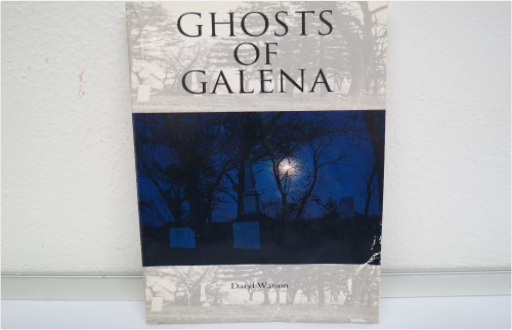
 Made with Delicious Library
Made with Delicious Library